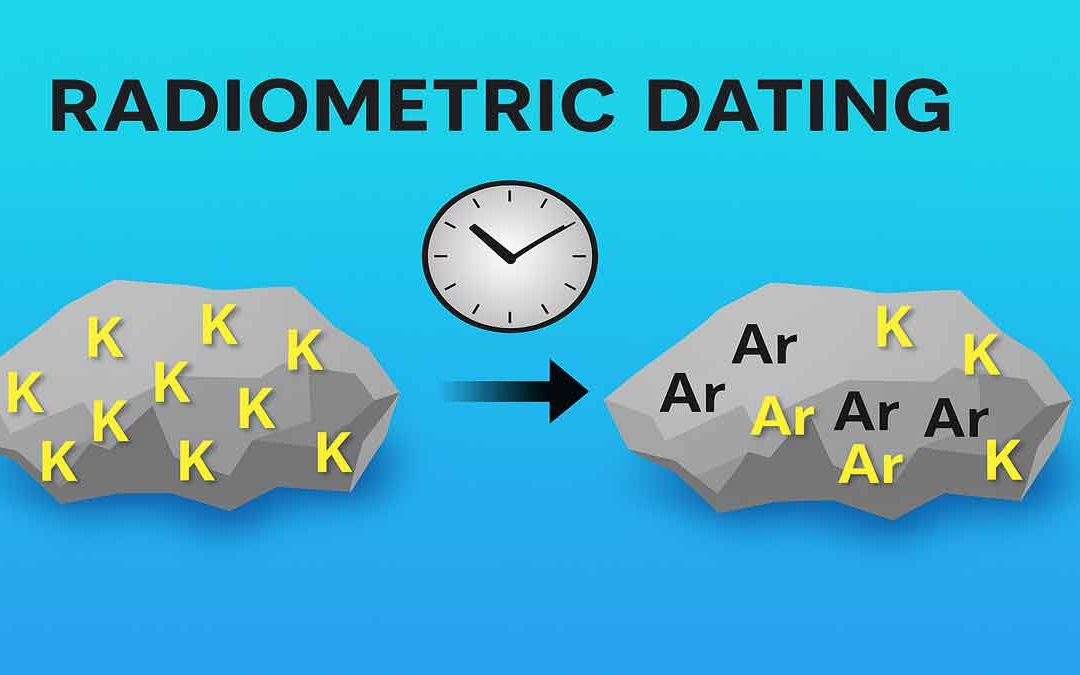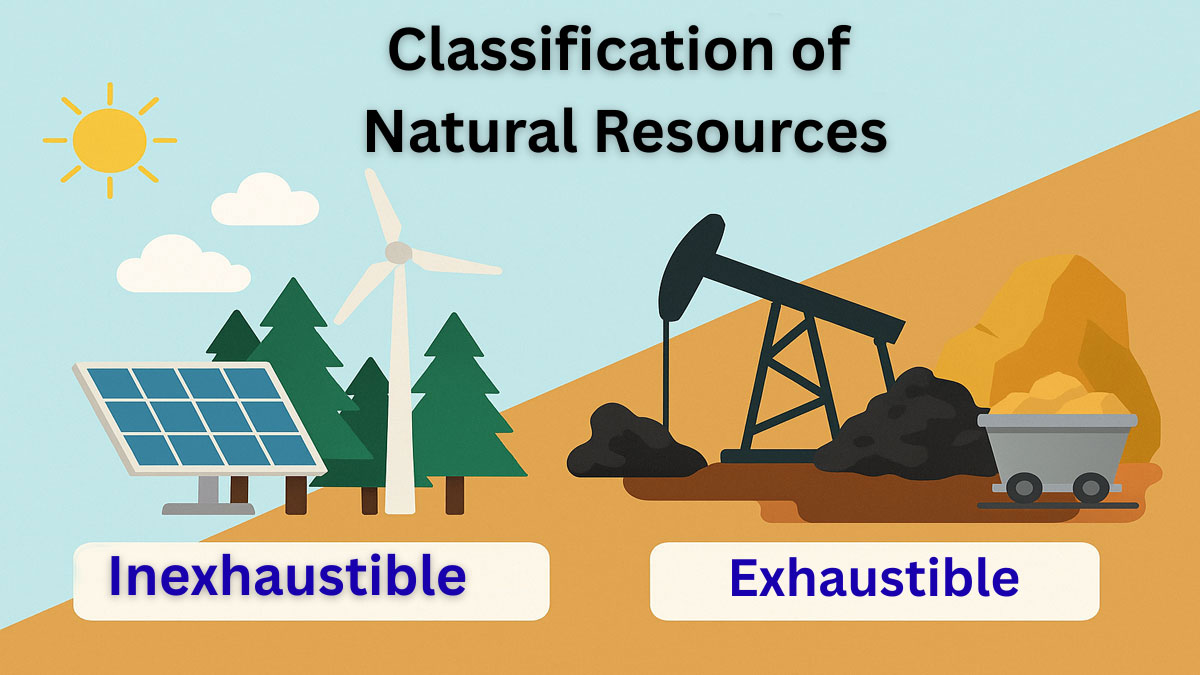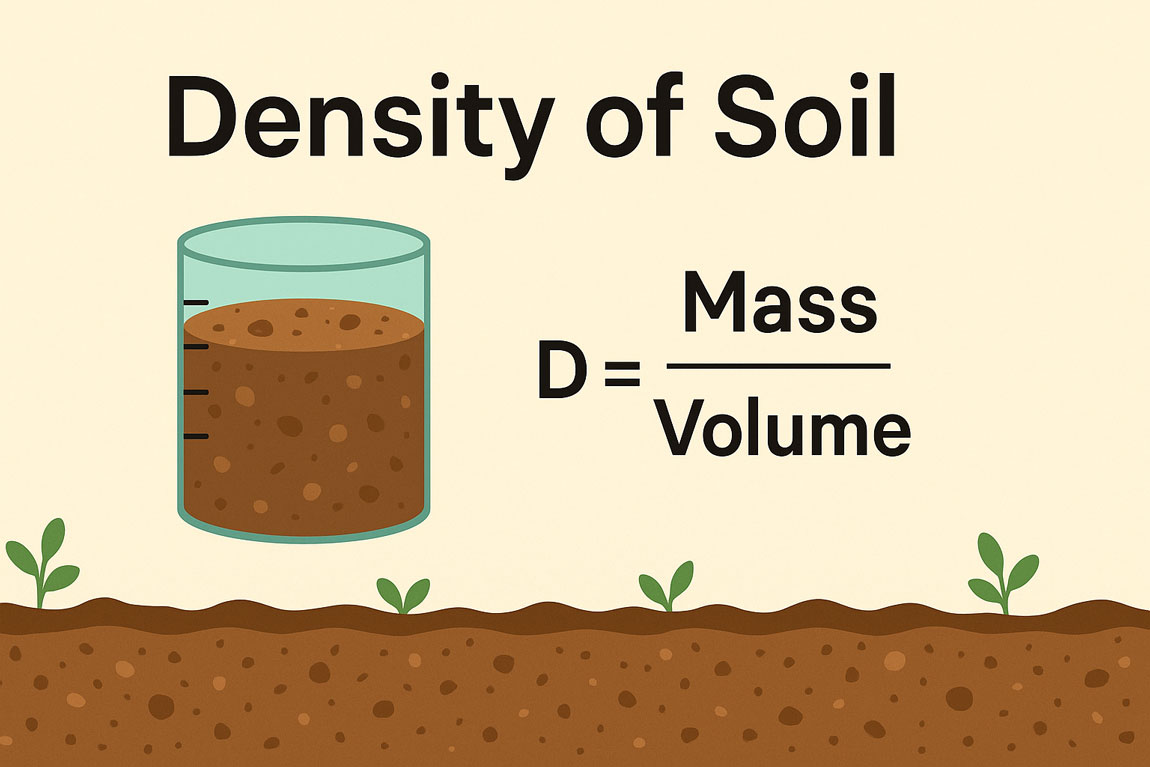Radiometric Dating: Introduction and Principles
In the early part of the 20th century, scientists discovered radioactivity and the radiogenic decay of isotopes, which opened the way for dating rocks by an absolute rather than a relative method. Up to that time, scientists based their estimates of the Earth’s age on assumptions about rates of evolution, rates of deposition, the thermal behavior of the Earth and the Sun, or interpretations of religious scriptures (Eicher 1976).
Radiometric dating uses the decay of isotopes of elements present in minerals as a measure of the age of the rock to do this. The rate of decay must be known, the proportion of different isotopes present when the mineral formed has to be assumed, and the proportions of different isotopes present today must be measured.
Scientists principally use this dating method to determine the age of formation of igneous rocks, including volcanic units that occur within sedimentary strata. It is also possible to use it on authigenic minerals, such as glauconite, in some sedimentary rocks. Radiometric dating of minerals in metamorphic rocks usually indicates the age of the metamorphism.
Applications of Radiometric Dating:
Scientists use radiometric dating as the only technique to provide absolute ages of rocks through the stratigraphic record. But the method’s application is limited by the types of rocks they can date. This method determines the age of mineral formation. So, if scientists date orthoclase feldspar grains in a sandstone radiometrically, the date they obtain would represent the granite from which erosion released the grains.
Therefore, geologists cannot date the formation of rocks made up of detrital grains. This excludes most sandstones, mudstones, and conglomerates. Organisms with calcium carbonate hard parts largely form limestones. Radiometric methods cannot date the minerals aragonite and calcite on a geological time scale.
Hence, this method of dating and correlation excludes almost all sedimentary rocks. However, glauconite, an authigenic mineral that forms in shallow marine environments, is an exception. Since glauconite contains potassium, scientists can date it using K–Ar or Ar–Ar methods. But because the mineral readily alters and occurs only in limited amounts, its use is restricted.
Geologists can usually date the formation of igneous rocks successfully, provided that severe alteration or metamorphism has not affected them. Scientists may date intrusive bodies, including dykes and sills, and the products of volcanic activity (lavas and tuff). They use these dates to constrain the ages of the surrounding rocks according to the laws of stratigraphic relationships.
Dates from metamorphic rocks may provide the age of metamorphism. Complications can arise if the degree of metamorphism has not been high enough to reset the radiometric ‘clock’, or if there have been multiple phases of metamorphism.
Geologists use general stratigraphic relations and isotopic ages as the principal means of correlating intrusive igneous bodies. By determining the isotopic ages of the rocks at each locality, geologists can show that geographically separate units of igneous rock are part of the same igneous suite or complex.
Radiometric dating can also very usefully demonstrate correspondence between extrusive igneous bodies. The main drawbacks of using this method for correlation are that it can date only a limited range of lithologies and that the results, particularly with older rocks, sometimes lack precision.
For example, if two lava beds formed only a million years apart and dating methods have a margin of error of one million years, geologists cannot be certain when they correlate a lava bed of unknown affinity to one or the other.






